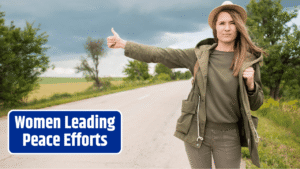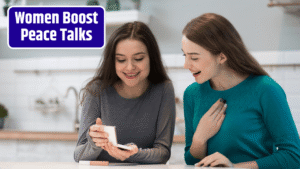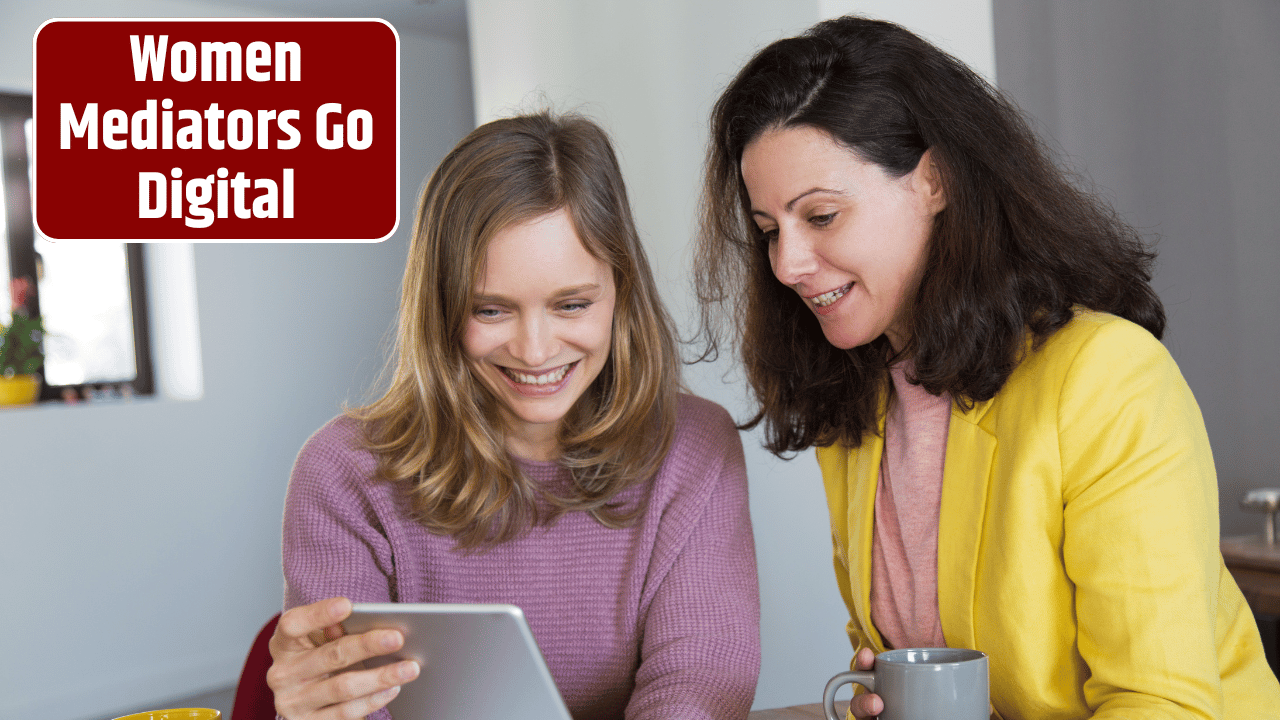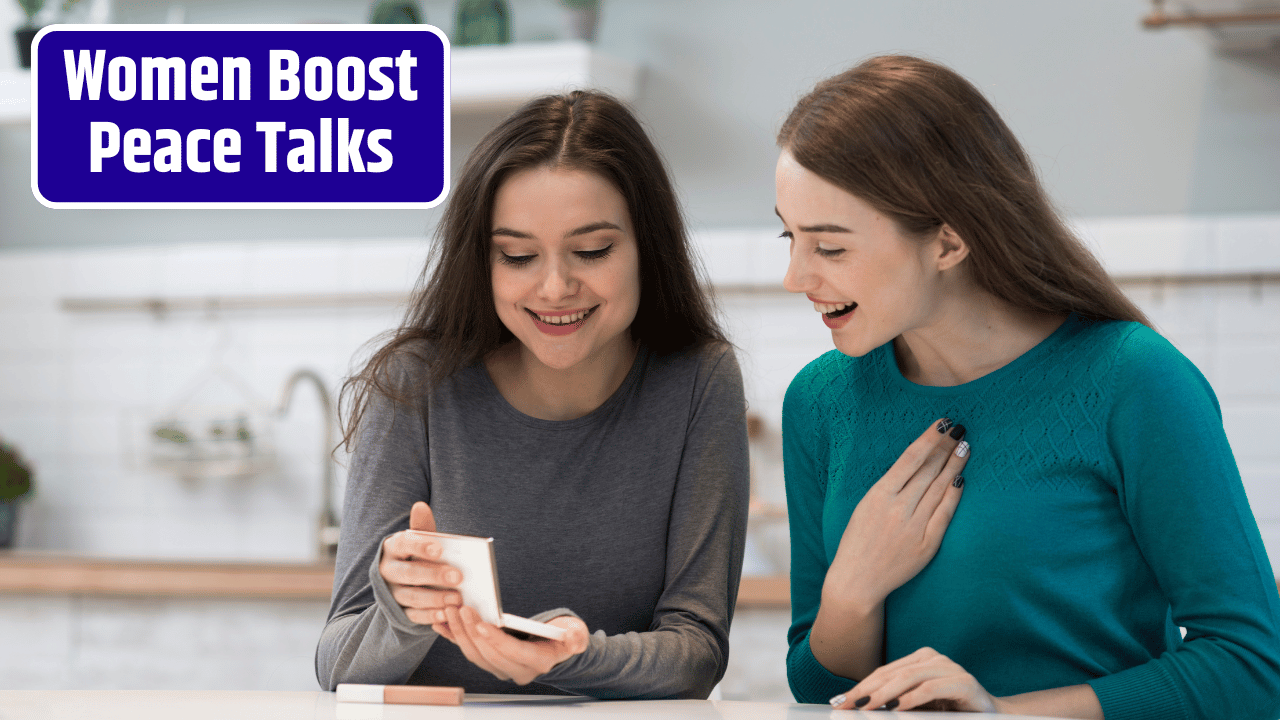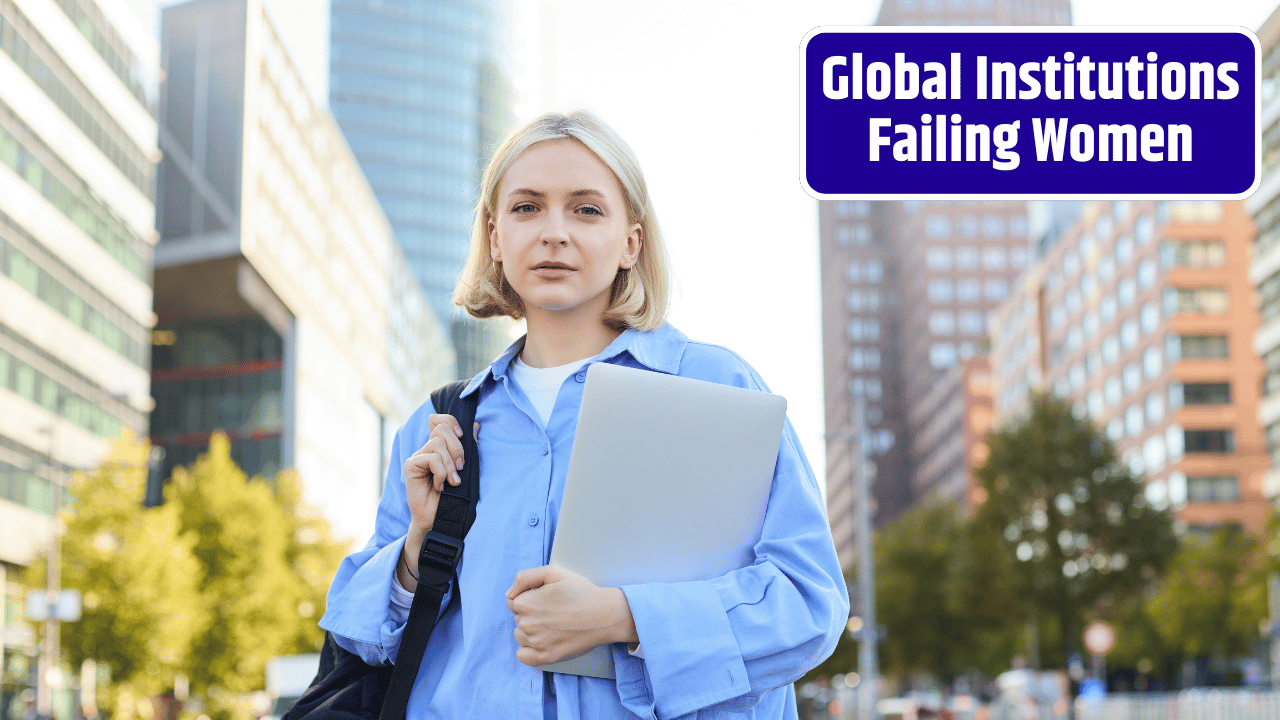For years, women peacebuilders have been told they’re “essential” to post-conflict recovery. They’ve heard it in speeches, read it in reports, even seen it hashtagged on World Peace Day.
But you know what they haven’t seen enough of?
Funding. Real, unrestricted, put-your-money-where-your-mouth-is cash.
Well, that just changed.
This week, a coalition of global donors, development banks, feminist movements, and grassroots leaders unveiled the Women’s Peacebuilding Fund (WPF)—a first-of-its-kind global financing mechanism that promises to do what so many have failed to: put power and money directly into the hands of women building peace in the world’s toughest places.
Table of Contents
Why This Matters (Hint: It’s About Time)
You don’t need another stat to know women are often first responders in crisis—and the last to get paid for it. From Syria to South Sudan, Colombia to Myanmar, women are:
- Mediating between warring groups
- Rebuilding shattered communities
- Documenting war crimes
- Holding trauma circles
- Preventing violence before it erupts
And yet, less than 1% of global peace and security funding reaches women-led organizations.
Not 10%. Not 5%.
One.
Let that sink in.
What Is the Women’s Peacebuilding Fund?
The WPF is a new, global pooled fund backed by a coalition that includes:
- The Global Fund for Women
- UN Women
- The Ford Foundation
- Open Society Foundations
- AllianceGPW (Alliance for Gender and Peacebuilding Worldwide)
- A half-dozen national governments, including Sweden, Canada, and South Africa
It launches with an initial commitment of $120 million, with a five-year goal to reach $500 million in total. And it’s not your typical donor-controlled fund. Nope.
This time, local women peacebuilders are co-governing the thing.
What Makes It Different?
- No red tape: Micro-grants available in as little as 10 days
- Local-led review panels: Women from conflict-affected regions decide what gets funded
- Flexible funding: Operational costs, staff salaries, transportation—all covered
- Multi-year support: Because peace doesn’t work on a 12-month grant cycle
As Leyla Hussein, Somali-British activist and WPF advisory board member, put it:
“We don’t need another workshop. We need fuel in the tank.”
Who’s Eligible?
The WPF is laser-focused on:
- Women-led groups in conflict-affected or post-conflict zones
- Organizations with deep community roots, not just policy chops
- Peace efforts focused on prevention, healing, justice, or reconciliation
Groups don’t need to be registered NGOs to apply. Got a community network doing real work but not legally formalized? You’re still in the game.
Stories Behind the Headlines
Fatoumata in Mali runs a mediation circle between youth militias and elders.
Elena in Ukraine leads a mobile trauma unit for survivors of sexual violence.
Kyi in Myanmar teaches young women how to document human rights abuses—at serious risk to her own safety.
Until now, they were relying on bake sales, personal savings, and borrowed resources. With WPF funding, they’ll finally have what they need to scale and sustain their peacebuilding efforts.
This isn’t charity—it’s infrastructure.
More Than Money: A Global Shift
The Fund’s launch signals more than just dollars—it’s part of a growing push to restructure global peacebuilding around those doing the most with the least.
It also aligns with the upcoming 25th anniversary of UN Security Council Resolution 1325, which promised women a seat at the peace table—and is now being pushed to actually deliver.
| Feature | Traditional Funding | WPF Model |
|---|---|---|
| Decision-making power | Top-down (donors) | Local women-led |
| Turnaround time | 6–12 months | 10–30 days |
| Flexibility | Restricted grants | Unrestricted support |
| Application requirements | Complex & formal | Simplified, accessible |
| Focus | Projects | People & movements |
What Comes Next?
- The first round of grants opens in October 2025
- Regional WPF hubs will be set up in Africa, Southeast Asia, and Latin America
- A global impact tracker will launch by early 2026 to show where money flows—and what it changes
And perhaps most exciting? WPF is inviting young women leaders (ages 18–30) to help shape the strategy. Because peace needs to last longer than the next election cycle.
Peace doesn’t come from podiums. It comes from women hauling water, holding community meetings, burying their dead, and still showing up the next day to rebuild trust.
This fund doesn’t just support their work. It legitimizes it. It recognizes that women aren’t sidekicks in peace—they’re the story.
FAQs
Is the WPF a government fund?
No. It’s a pooled fund supported by a mix of governments, foundations, and international organizations—with local women leaders at the helm.
Can non-registered groups apply?
Yes. As long as they’re women-led and working in peacebuilding within conflict-affected areas.
Is this tied to any one region?
Nope. It’s global, with priority given to countries in or emerging from conflict.
What types of peace work are funded?
Mediation, trauma support, legal advocacy, community organizing, youth leadership, anti-violence work—you name it.


